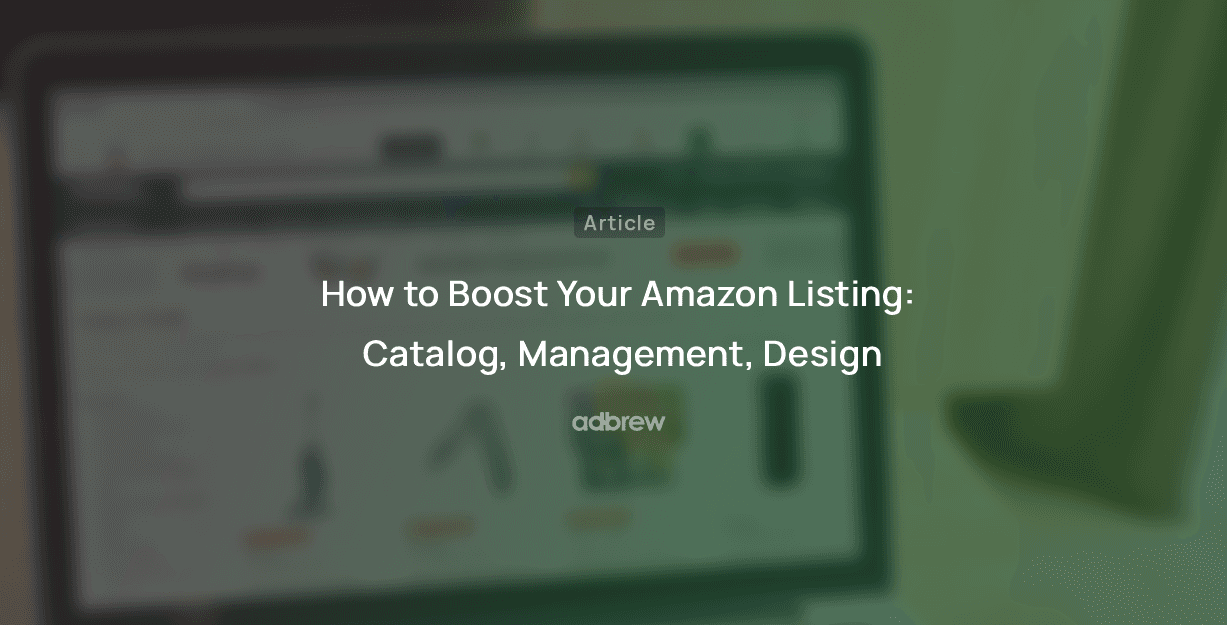The Future of Selling: Why Amazon Rufus AI for Sellers Matters

Nishant Singh
Jun 26, 2025
Amazon is always improving how people buy and sell online. One of its newest features, Amazon Rufus AI, helps shoppers find products more easily and gives sellers new ways to reach customers.
By understanding how Rufus AI works, sellers can improve their listings and connect with more buyers on the Amazon app and website.
What is Amazon Rufus AI?
Rufus AI is a generative AI-powered shopping assistant built into Amazon’s shopping experience. It uses artificial intelligence to understand a broad range of shopper queries — not just keyword matches — and it helps customers explore products, compare options, ask follow-up questions, and make more informed choices.
For sellers, this means your listings might be surfaced in a conversational context: when a shopper asks Rufus a question, the assistant can suggest or highlight products that match the context, even if the shopper’s wording doesn’t exactly match your listing. That opens up new opportunities beyond just traditional search keywords.
How Does Rufus AI Work?
Rufus is available in the Amazon Shopping app and on Amazon.com on desktop in supported regions. Here are key functioning points:
It parses natural language queries (for example: “What are good running shoes for wide feet under $100?”) and understands intent rather than just matching keywords.
It draws on Amazon’s product catalog, customer reviews, community Q&A, and relevant web content through retrieval-augmented generation (RAG) architecture.
It can answer broad questions (for example “What do I need for outdoor gardening in shade?”), compare products (for example “What is the difference between grills and smokers?”), or address specific listing details (“Is this blender dishwasher-safe?”).
It improves over time as users provide feedback (e.g., thumbs up or down) and Amazon refines the responses.
What This Means for Sellers
Visibility in Conversational Shopping
Because Rufus offers recommendations in a conversational way, you’ll want your listings to be optimized not just for standard search terms but also for conversational queries: questions a user might ask like “Does this watch work with Android?” “Are these hiking socks good for wet trails?” Make sure your listing content – title, bullet points, description, Q&A – answers those types of questions.
Better Match for Customer Needs
Since Rufus can interpret intent and context, listing relevance becomes even more important. High-quality content and accurate product details can help your product surface when a customer asks a conversational question.
Opportunity for New Traffic Sources
Traditional keyword search still matters, but now there’s a growing channel via AI-assisted shopping experiences. Sellers who prepare now will have an advantage once that channel becomes more prominent.
How to Optimize Your Listings for Rufus AI
Here are five steps to help your listings stand out in this evolving environment:
Clear & Helpful Product Titles
Keep titles straightforward and descriptive: brand + key feature + size/color/model. Avoid keyword stuffing. When a user asks a conversational question, a precise title helps Rufus interpret your product quickly.Detailed Descriptions & Bullet Points
Provide clear information: materials, key features, use-cases, compatibility. If a customer asks “Is this case shock-proof for iPhone 14?” and you mention that feature explicitly in your bullet points, your listing is more likely to match.Use Q&A and Customer Questions Sections
Make use of the Amazon Questions & Answers section. When real customers ask questions, answer them thoroughly. These Q&A pairs feed into Rufus’s knowledge base and help surface your product when similar questions arise.High-Quality Images and Labels
Use images that clearly show product features, accessories, dimensions, and usage contexts. For example: “Includes ice pack” or “Detachable lid” shown visually. These aid the AI in matching features with shopper queries.Encourage Honest Reviews
Reviews are still a strong signal. When reviews mention particular use-cases (“This lunch box stayed cold for 8 hours”) they help Rufus reference real-world experience and surface your product for shoppers asking similar questions.
What About Adoption and Reach?
Rufus was initially launched in beta in early 2024 in the U.S. It is now rolling out to additional markets such as the UK and parts of Europe. While Amazon does not publicly share detailed seller-side metrics specific to Rufus, industry reports suggest this conversational shopping channel is growing. That means that laying the groundwork now gives sellers a head start.
Final Thoughts
Amazon Rufus AI represents a major shift in how product discovery can happen on Amazon. Rather than relying purely on keyword search, the buyer can ask a question and the assistant connects them with relevant products, and smart sellers will ensure their listings are ready for that kind of interaction.
By optimizing your titles, descriptions, Q&A, photos, and review encouragement — you position yourself for this future of conversational shopping and give your business a competitive edge.
As AI-powered shopping assistants become more widely used, sellers who adapt early and focus on clarity, relevance, and user-friendly content will be well positioned to benefit.
Frequently Asked Questions
Q: Do high-quality images matter for Rufus AI?
Yes. Clear images showing features and contexts help Rufus interpret what your product offers and match to shopper questions.
Q: Will optimizing only for Rufus replace keyword search optimization?
No. Traditional search remains important. Think of Rufus optimization as an additional layer of listing preparation.
Q: Is Rufus available worldwide now?
It is available in the U.S. and has begun expanding to other markets such as the UK and Europe. Availability may vary by region and seller tools.




